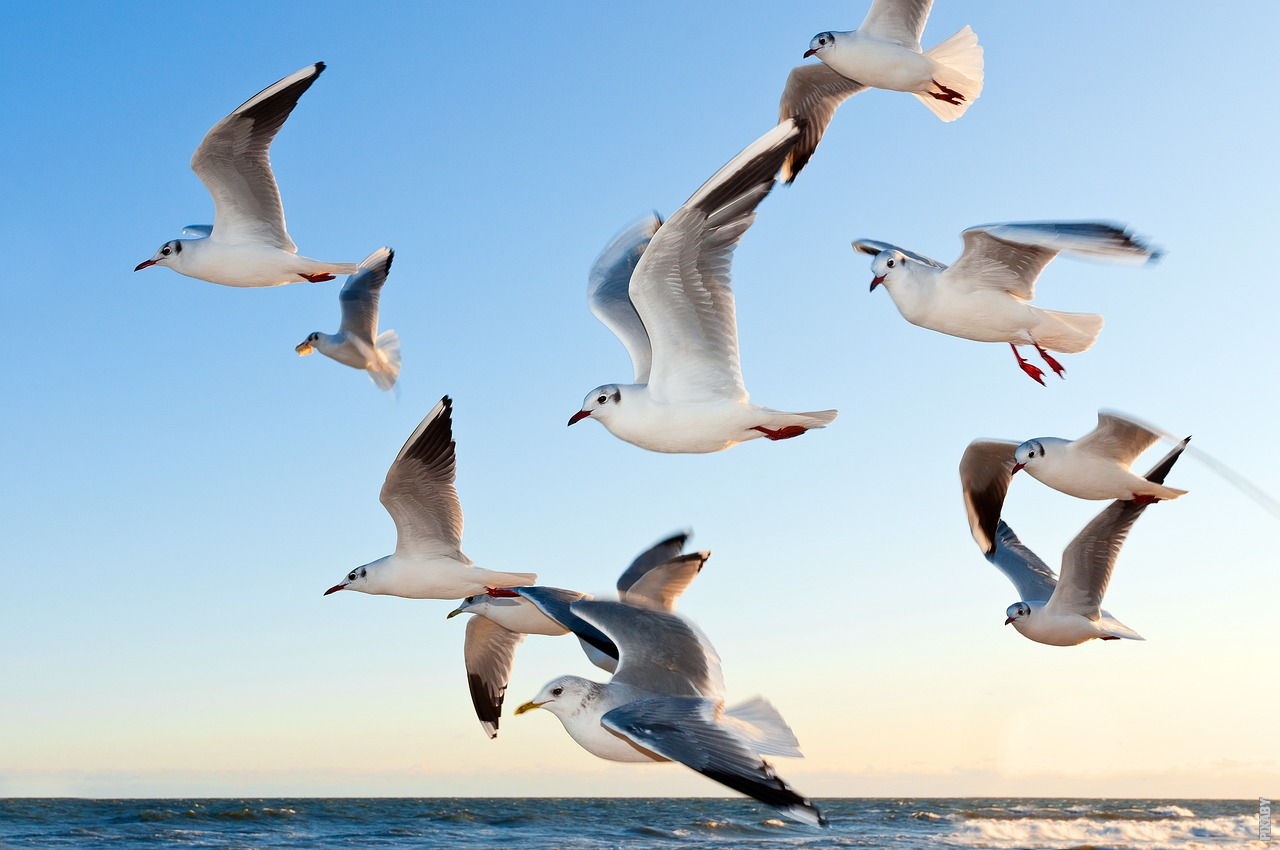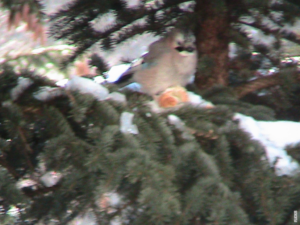The Fascinating Synchrony of Avian Flight
Have you ever gazed at a flock of birds soaring through the sky in perfect harmony and wondered how they manage to fly together without colliding? The mesmerizing phenomenon of birds flying in flocks is a captivating display of coordination and cooperation.
Leadership and Communication
At the heart of this remarkable avian spectacle lies a complex network of leadership and communication. Although it may appear as if the birds are following a single leader, the reality is much more intricate.
Shared Objective
When birds fly in flocks, they do so with a shared objective – to increase their chances of survival. By flying in close proximity to one another, birds reduce the risk of predation, optimize their energy expenditure, and enhance their overall efficiency.
V Formation: A Symphony of Aerodynamics
One of the most common formations observed in flocking birds is the V formation. This distinctive shape is not only aesthetically pleasing but also serves a vital purpose – it allows birds to harness the power of aerodynamics.
Rotating Leadership
Within a flock of birds, leadership is not static. Instead, it rotates among the members, ensuring that no single individual bears the burden of guiding the group for an extended period. This rotation allows the birds to distribute the physical demands of flight evenly and prevent exhaustion.
Post
Post
Fluid Communication
Birds communicate with each other through a variety of methods, including vocalizations, visual cues, and subtle changes in flight patterns. Through these fluid communications, they maintain the cohesion of the flock and respond collectively to external stimuli.
The Role of Synchronization
One of the most astonishing aspects of flocking behavior is the synchronized movements exhibited by the birds. This synchronization is achieved through a combination of visual perception and rapid adjustments in flight speed and direction.
Strength in Numbers
By flying in large numbers, birds increase their chances of survival. The more individuals there are in a flock, the more difficult it becomes for predators to single out a target. Additionally, the collective intelligence of the group enables them to make quick decisions and respond effectively to changing environmental conditions.
Instinct vs. Learned Behavior
While some aspects of flocking behavior are instinctual, there is also an element of learned behavior involved. Young birds often learn the intricacies of flying in flocks by observing and imitating the behavior of more experienced individuals.
Awe-Inspiring Phenomenon
The sight of birds flying in a synchronized flock is a testament to the marvels of nature. It reminds us of the power of unity, cooperation, and adaptability. So, next time you witness this awe-inspiring phenomenon, take a moment to appreciate the intricate beauty of avian flight and the wondrous world of flocking birds.



